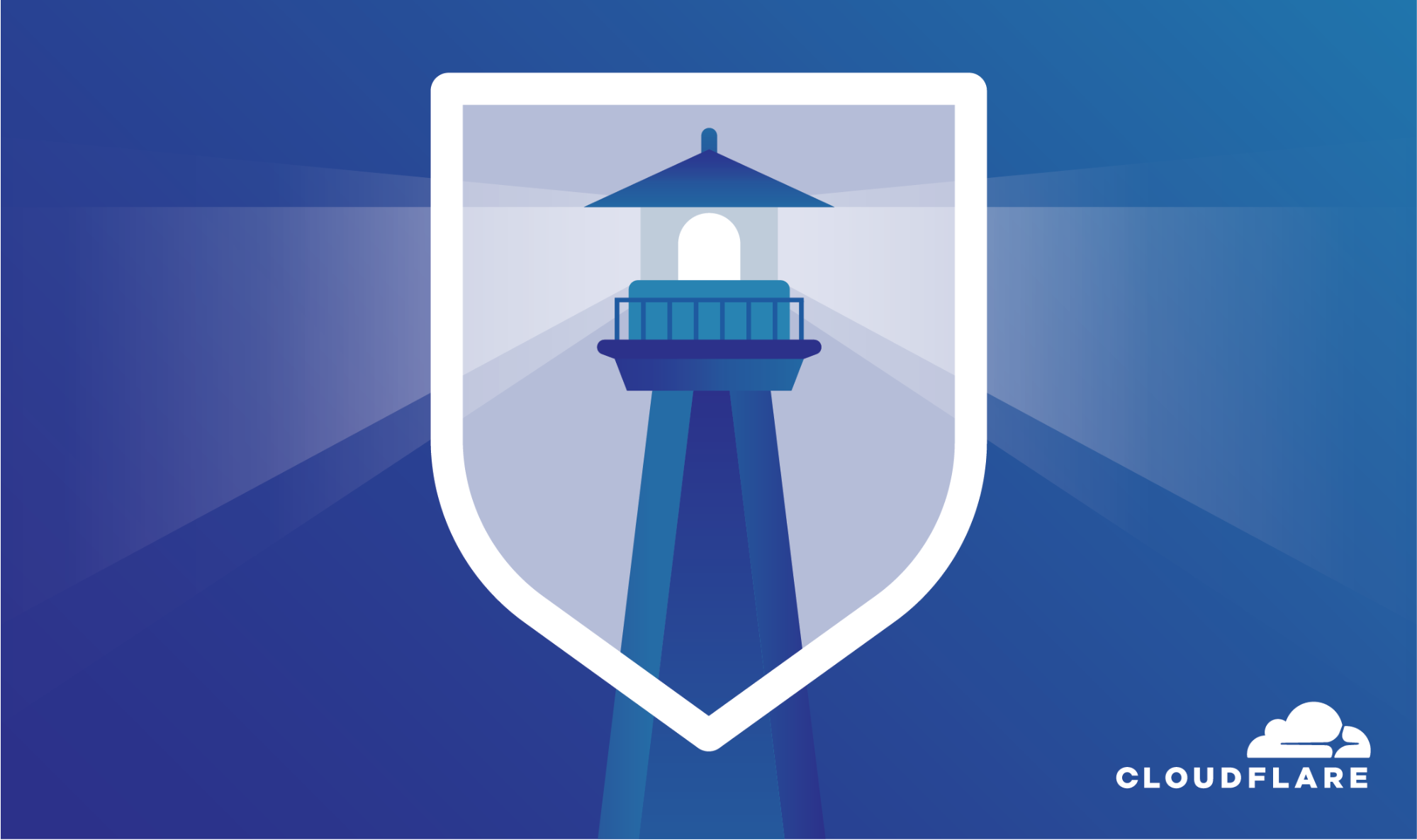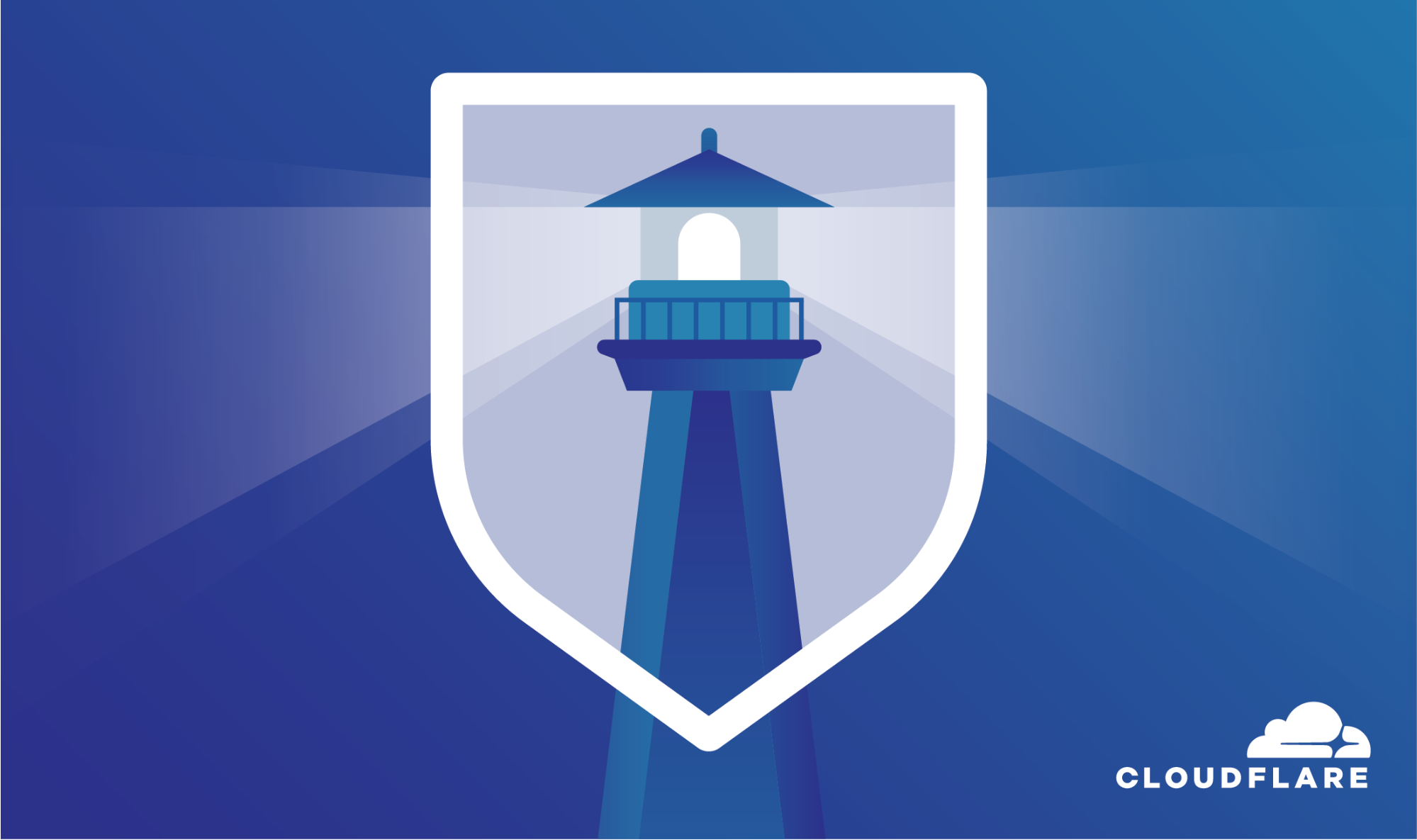How Secure SD-WAN is the Foundation for Retail SD-Branch
Retail SD-branch needs a secure connection to ensure that customer data is kept safe. Secure SD-WAN...
Nuage Tags Asavie for SD-WAN Extension
The deal will see Nuage pair its SD-WAN 2.0 offering with Asavie’s SD Edge platform announced...
Ericsson Beats Out 5G Rivals to Replace BT’s Huawei Gear
The U.K. government is requiring operators to limit the use of Huawei equipment in the core of 5G...
Pushing BGP Flowspec rules to multiple routers
Real-time DDoS mitigation using BGP RTBH and Flowspec describes the open source DDoS Protect application. The software runs on the sFlow-RT real-time analytics engine, which receives industry standard sFlow telemetry from routers and pushes controls using BGP. A recent enhancement to the application pushes controls to multiple routers in order to protect networks with redundant edge routers.ddos_protect.router=10.0.0.96,10.0.0.97Configuring multiple BGP connections is simple, the ddos_protect.router configuration option has been extended to accept a comma separated list of IP addresses for the routers that will be connecting to the controller.
Alternatively, a BGP Flowspec/RTBH reflector can be used to propagate the controls. Flowspec is a recent addition to open source BGP software, FRR and Bird, and it should be possible to use this software to reflect Flowspec controls. A reflector can be a useful place to implement policies that direct controls to specific enforcement devices.
Support for multiple BGP connections in the DDoS Protect application reduces the complexity of simple deployments by removing the requirement for a reflector. Controls are pushed to all devices, but differentiated policies can still be implemented by configuring each device's response to controls.
Awake Security Scores $36M, Displaces Cisco, RSA, and Darktrace
Earlier this year Awake partnered with Google Cloud, which extended its network traffic analysis...
Test Lab Automation for Business Continuity in the Time of COVID-19
With COVID-19-related shelter-in-place orders in effect in nearly every corner of the world, the high-tech industry is coming to grips...Offer of Assistance to Governments During COVID-19


As the COVID-19 emergency continues to affect countries and territories around the world, the Internet has been a key factor in providing information to the public. As businesses, organizations and government agencies adjust to this new normal, we recognize the strain that this pandemic has put on the groups working to assist in virus mitigation and provide accurate information to the general public on the state of the pandemic.
At Cloudflare, this means ensuring that these entities have the necessary tools and resources available to them in these extenuating circumstances. On March 13, we announced our Cloudflare for Teams products will be free until September 1, 2020, to ensure Cloudflare users and prospective users have the tools they need to support secure and efficient remote work. Additionally, we have removed usage caps for existing Cloudflare for Teams users and are also providing onboarding sessions so these groups can continue business in this new normal.
As a company, we believe we can do more and have been thinking about ways we can support organizations and businesses that are at the forefront of the pandemic such as health officials and those providing relief to the public. Many organizations have reached out to Continue reading
Day Two Cloud 044: Dev+Ops, Ops+Dev
Derek Campbell joins Day Two Cloud for a discussion about DevOps. Of course, DevOps has been discussed to death across the IT landscape, so we drill into specifics with Derek to get his unique take, which he delivers with a Scottish accent. Even if you can't make out what he's saying, you've love listening to him.Day Two Cloud 044: Dev+Ops, Ops+Dev
Derek Campbell joins Day Two Cloud for a discussion about DevOps. Of course, DevOps has been discussed to death across the IT landscape, so we drill into specifics with Derek to get his unique take, which he delivers with a Scottish accent. Even if you can't make out what he's saying, you've love listening to him.
The post Day Two Cloud 044: Dev+Ops, Ops+Dev appeared first on Packet Pushers.
When All You Have Are Stretched VLANs…
Let’s agree for a millisecond that you can’t find any other way to migrate your workload into a public cloud than to move the existing VMs one-by-one without renumbering them. Doing a clumsy cloud migration like this will get you the headaches and the cloud bill you deserve, but that’s a different story. Today we’ll talk about being clumsy the right and the wrong way.
There are two ways of solving today’s challenge:
Alkira Claims Multi-Cloud Cure, $30M in Funding
Founded by brothers Atif Khan and Amir Khan, former Viptela CEO, Alkira Cloud Services Exchange...
5G, Edge (Mostly) Unencumbered by Pandemic
Capex spending on 5G network deployments will decline 10% globally this year, but those activities...
Introducing the Calico eBPF Dataplane
eBPF is a hot topic right now; most of the infrastructure-focused conferences and events have included talks on eBPF over the past year, which is creating a lot of interest in the technology.
You might be wondering what eBPF is. eBPF stands for “extended Berkeley Packet Filter” which is a feature in modern Linux kernels that allows you to write mini-programs that are attached to low-level hooks in the Linux kernel, that execute based on certain events (e.g. filtering network traffic). While Calico is primarily focused on networking and security use cases, eBPF is a broad technology that applies to many other use cases as well.
We’ve always been tracking eBPF and it’s potential to enhance Calico, however, most users have not been ready for it. Improving on Calico’s already excellent dataplane using eBPF requires the latest Linux kernels, that are not always available to our enterprise customers that require a vendor-supported Linux distribution to run in production. Nevertheless, we decided to add an eBPF dataplane to support those users that are able to use the latest Linux kernels, as well as provide a future-proofed path for those who will wait until their vendor-supported Linux distributions will support the Continue reading
Daily Roundup: Cisco Links Rakuten Mobile
Cisco paved Rakuten's virtual roaming road; VMware bolstered its hybrid cloud with Kubernetes...
Omdia SD-WAN Report: Fuel to VMware, Cisco Fire?
VMware continues to lead the worldwide SD-WAN market by revenue, followed by Cisco and Fortinet,...
Arm Joins O-RAN Alliance in 5G Infrastructure Push
Joining the alliance will speed Arm's mission to develop open, interoperable, and cloud-native...

